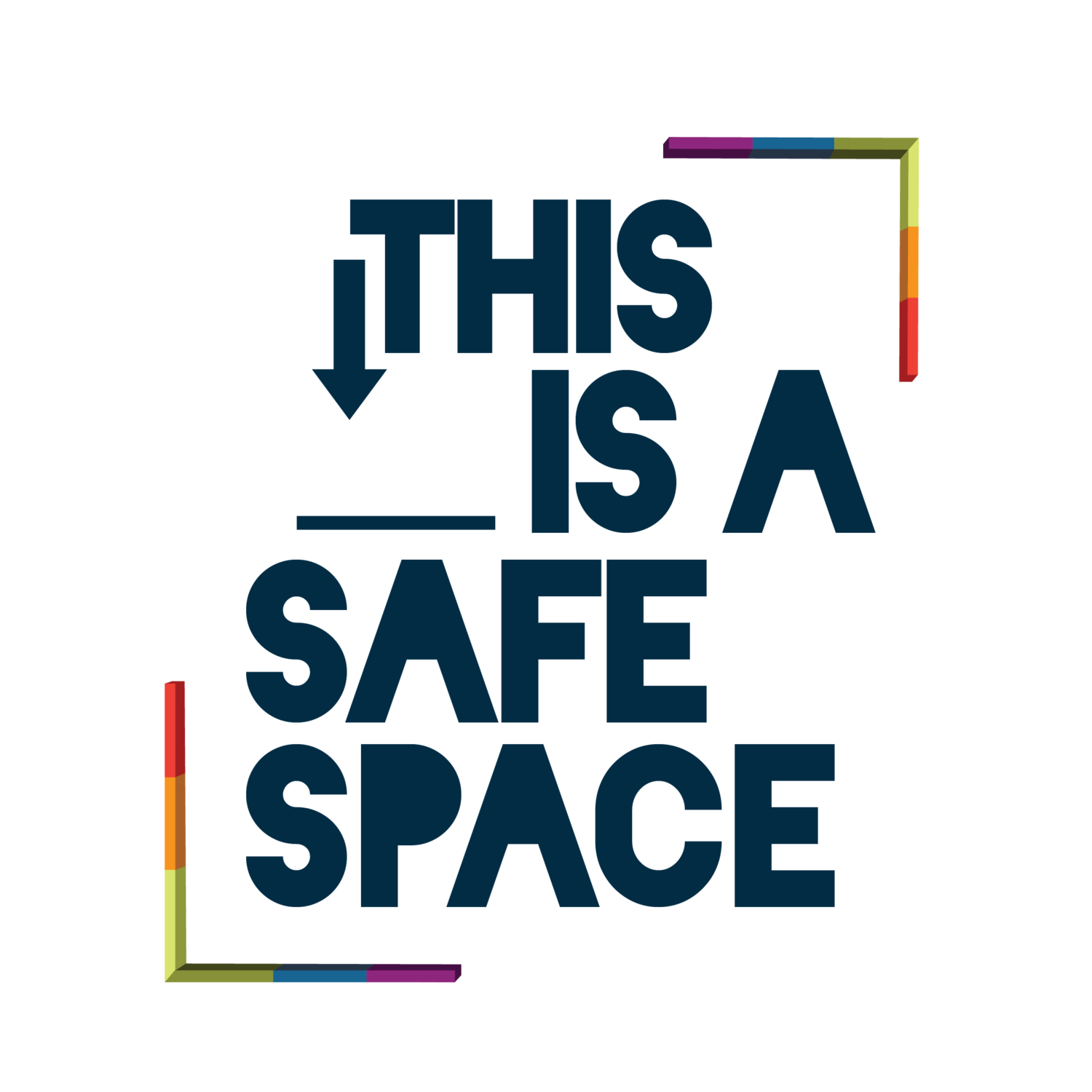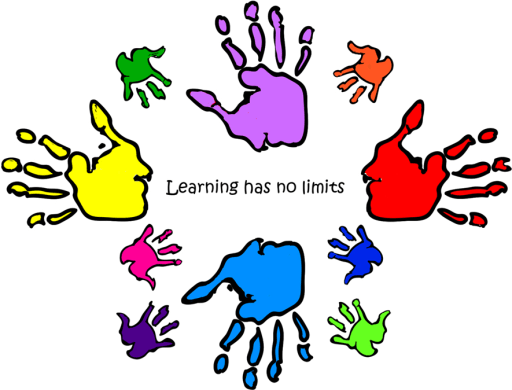AUTHOR/ CONCEPT
|
Overall claims and arguments
|
Key words
|
Connection to another author?
|
Story from my SL project
|
SCWAAMP
|
Leslie Grinner argues that there are some categories/identities that are most valued (dominant) in our culture and they are privileged, or given more access and opportunity than other categories/identities that are not valued. These Most Valued categories are invisible to us unless we “tap the glass” to notice they are there. What kinds of things are valued at your SL site? Any evidence of taps on the glass of dominant ideology?
|
dominant ideology
privilege
tap the glass
|
Johnson talks about same concepts, Delpit’s culture of power
|
In my SL classroom, it is very easy to see exactly what Grinner is writing about. The kids in the classroom are underprivileged because they don’t meet all of the criteria she discusses and so they don’t have the same resources to succeed.
|
|
|
Allan Johnson argues that it is important to talk explicitly about issues of privilege, power and difference so that we can work towards a more just and respectful world. Do you see any examples of teachers or students talking explicitly about race, class, gender, sexuality, etc? What kind of outcomes do you witness? Is it productive or confrontational? Would Johnson celebrate these efforts?
|
“Say the words”
“Luxury of obliviousness”
|
Delpit (“good intentions are not enough”)
|
|
Delpit
|
Lisa Delpit argues that teachers need to explicitly teach the rules and codes of power to students who might not learn those rules and codes at home. Have you seen teachers using a direct style? Have you seen teachers working to instruct students about the rules and codes of power? Have you come across “Delpit Moments” where there was a miscommunication that could be related to these issues?
|
Codes of power
|
SCWAAMP because Grinner’s whole argument is centered around power and privilege.
|
|
|
|
Kristof argues that the United States claims that it is the land of opportunities and equality when it really couldn’t be farther from that. Kristof discusses how it is nearly impossible for people who are born poor to get out of poverty. He also talks about how poverty isn’t just about the monetary aspect, it's more about the way the kids are raised and what they have access too.
|
“Land of limitations”
“Escalator to a better life”
|
Delpit and SCWAAMP because they all talk about how people that are born into positions with less power stay there regardless of what intentions there are.
|
In my classroom, one of the teacher’s main focus is for the students to understand the value of the education that they are receiving. She explains the importance of why they should read at home and why they should keep trying even when they are home. This connects to Kristof because he talks about how a lot of kids growing up in poverty aren’t read to or explained the value of an education.
|
Kozol
|
|
|
|
Your first journal is in this style
|
McIntosh
|
McIntosh suggests that white people are taught not to recognize the way their race gets valued in the larger culture. She says that unless white people actively pay attention to it, whiteness will go unnoticed and unacknowledged. Have you seen whiteness valued at your schools? Does whiteness show its power in the leadership, curriculum, norms or expectations of the classroom?
|
|
Johnson
|
|
“All Lives Matter”
|
In “All Lives Matter” the author explains that the black lives matter movement is about gaining opportunities for the culture that has consistently been degraded for centuries. They argue that the black lives matter movement isn’t saying that all lives don’t matter, it is saying that black lives matter just as much as any other life. Do you ever see this in your classroom, where white students opinions are more valued?
|
“Fair share”
“American face”
|
This connects to the Brown vs Board of Education website because the website is focused on the factual evidence of inequality and hardships that black people in America have had to face for years.
|
This article connects to my classroom because my teacher is all about helping her students that come from underprivileged backgrounds find their voice and learn that they are just as important as everyone else.
|
Rodriguez
|
Talks about the separation between his “home” language and culture and the language/culture of academia. He feels he had to leave behind his home language to become fluent and successful in another.
|
“Speak to us en ingles”
“Bilingual education”
|
This article relates to Garcia because it is all about bilingual students even though they are different takes on it.
|
I can tell that some of the students in my class feel this divide. They know that they are supposed to speak english at school but I can tell that sometimes it would just be so much easier for them to use Spanish
|
Garcia
|
Discusses the benefits of translanguaging, where students can use all available linguistic resources to discuss, learn, and understand concepts.
|
“Challenges monolingual assumptions”
“Action and practice”
|
This article relates to Rodriguez but is different in that it focuses more on the beneficial aspects of being bilingual
|
There is a girl in my SL classroom that really struggles with English and is so smart. Instead of being left behind because she can’t keep up with the English aspects she is given translations of each sheet so she can see the English and Spanish versions of the same paper. When she feels comfortable writing in English she can but she can also write in Spanish when she isn’t fully understanding what to do with the English parts.
|
Christensen
|
Christensen argues that schools need to help students acquire tools to interpret the media and other cultural texts in order to recognize stereotypes and oppression. Further, she emphasizes that teachers need to help students take action in expression their critiques. Do you see any of this connection to the “real world” in your SL classroom? Do students learn to take action and speak out?
|
|
|
|
August
|
August argues that people can’t learn if they don’t feel safe. Schools need to work to make marginalized students (in her case students who identify as LGBT) feel more “normalized” into the school community. She suggest we can do this by fighting the tendency to make these students erased, absent and invisible. Do you see these kind of efforts (around gayness or other issues) present in your school?
|
|
|
|
Zelle
|
|
|
|
|
Kahne and Westheimer
|
Charity vs. Change
|
|
|
|
This American Life
|
|
|
|
|
Hebert
|
|
|
|
|
Brown v Board website
|
|
|
|
|
Finn
|
Finn’s main argument is that schools with students who come from more impoverished and struggling areas, they on average attend lower quality schools than students that come from middle to upper class backgrounds. Finn highlights the lack of equality in the education system and how these lower quality schools lack resources and supplies in order to help their students best. This makes teachers not care as much about their students and just assume that they can’t learn.
|
“We keep them busy”
“You can’t teach these kids”
|
Kozol because he focuses on the struggling areas of a city and talks about how they aren’t getting better because no one cares enough to put the money into them to improve them.
|
This relates to my classroom because most of the kids come from impoverished backgrounds and so the school is very run down. The difference in my classroom though is that my teacher believes in all her students and puts so much money into her classroom so that they have the things they need to succeed.
|
|
Oakes
|
Oakes’ arguments is that tracking students test scores is not a good way to actually help kids improve. It causes a divide between the students and hurts the ones that come from more impoverished areas. It causes people to make assumptions based on test scores and backgrounds that do not benefit anyone.
|
“Low ability groups”
|
SCWAAMP because Oakes is basically arguing that if students don’t fit the criteria in SCWAAMP that their quality of education is adversely affected.
| This relates to last week when I was in my classroom and the teacher was testing two of the girls for her graduate course. She was then talking to them about some sort of testing they will do and how she hates that they don't do the verbal part with her because she knows their scores won't reflet their actually abilities due to their shy nature. She thinks they should get to be tested by someone who at least knows them so that they feel more comfortable talking to them. |
Kliewer
|
Kiewer argues about the inequality in education for students with disabilities and special needs. His major claims are that they deserve (just like any other student) to be given the resources and opportunities they need in order to reach their potential and be their best self. He talks about how special education classes often lead to students with special needs being put in a box where they aren’t challenged to get better and smarter.
|
“Playing together”
|
SCWAAMP because student’s with special needs don’t fit the “able bodied” category of SCWAAMP so they face discrimination in the classroom
|
|
Shor
|
Shor focuses on the importance of students curiosity and how school’s curriculum is so restrictive and it doesn’t benefit the students or teachers. The curriculum is important in that it is a guide for what should be taught but that it shouldn’t restrict the students and teachers to the point that they don’t have time in the day to think about the things that interest them
|
“Sabotage the curriculum”
|
Johnson because this addresses problems of institutional power because people that don’t know the students are deciding what they should and shouldn’t learn.
|
|
Privilege
|
Privilege is defined as a special right or advantage granted only to a particular person or group which is a topic we discuss consistently in class. The big thing about privilege is that it separates groups of people for no actual reasons. It just decides that one group is better than another because of outdated thoughts and views. Privilege creates a clear divide in society and puts certain groups ahead of others immediately.
|
“Divide”
“Special right”
|
SCWAAMP is all about privilege and different characteristics that make a person more privileged in our society.
|
|
Power
|
Power is the ability to influence others. In class we have discussed the ways in which institutional powers influence everyone. Power also relates to privilege because those in power and those who have privilege are often the same people and they oppress people that don’t fit the criteria without even being aware of it.
|
“Influence”
“suppress”
|
Kristof because his article talks a lot about how the people in power often decide what happens to the people that lack power.
|
|
Ideology
|
|
|
|
|
individuals vs institutions
|
|
|
|
|
social justice
|
|
|
|
|
|
|
|
|
|



